Hanging up loudspeakers: What a hassle! Is it even necessary? Strictly speaking no, but for those who want to achieve a natural room acoustic, the placement of speakers on a wall above the listening position can be a very good idea.
The following will explain how to wall mount speakers and which loudspeakers should be elevated for the best effect.
It’s raining sound
The relative room placement of speakers in a home cinema system can be divided into two key areas: The front and back. This is true for classic 5.1 systems as well as 7.1 systems. The front area consists of the two front speakers and a centre. The left and right front speakers play back any music contained in the film — which is why they are placed just like a stereo pair — as well as the major sound effects like car engines, gun shots, sirens, etc. The centre speaker, on the other hand, is chiefly responsible for delivering the dialogue loud and clear. The speakers to the sides and behind the listening area are usually called surround speakers, but sometimes also referred to as “rear speakers” or “rear effect speakers”. These speakers provide more a more diffuse sonic atmosphere, an effect that can truly deliver a cinematic experience.
Since the speakers in each area perform different tasks, there are different guidelines for setting them up:
➜ Front speakers should be situated at a minimum height of 40 cm and no more than 120 cm from the floor in the case of compact satellites. Tower speakers will automatically be at the correct height. The centre should be placed immediately above or below the television. All three loudspeakers should be positioned in such a way that the sound they produce radiates directly towards the listener.
➜ The ideal height of the surround speakers is between 140 and 210 cm from the floor, well above the recommended height of the front speaker which should be at about ear level. This rules applies to the two surround speakers in a 5.1 system as well as the four in a 7.1 setup.
Wall mounting speakers: How it’s done
When it comes to wall mounting speakers, whether for the front or back area of your surround sound system, compact speakers are the best option. Tower speakers, often used for the front area, are designed in such a way that their sound directly radiates towards the ears of someone in a seated position. If compact speakers are used, These are generally placed on the lowboard alongside the television or on speaker stands. Centre speakers are also often placed on a lowboard directly in front of a television. With wall-mounted televisions, The center and two front speakers can also be wall-mounted. For rear speakers, which are usually smaller and need to be elevated at a position behind the listener, wall mounting is ideal.
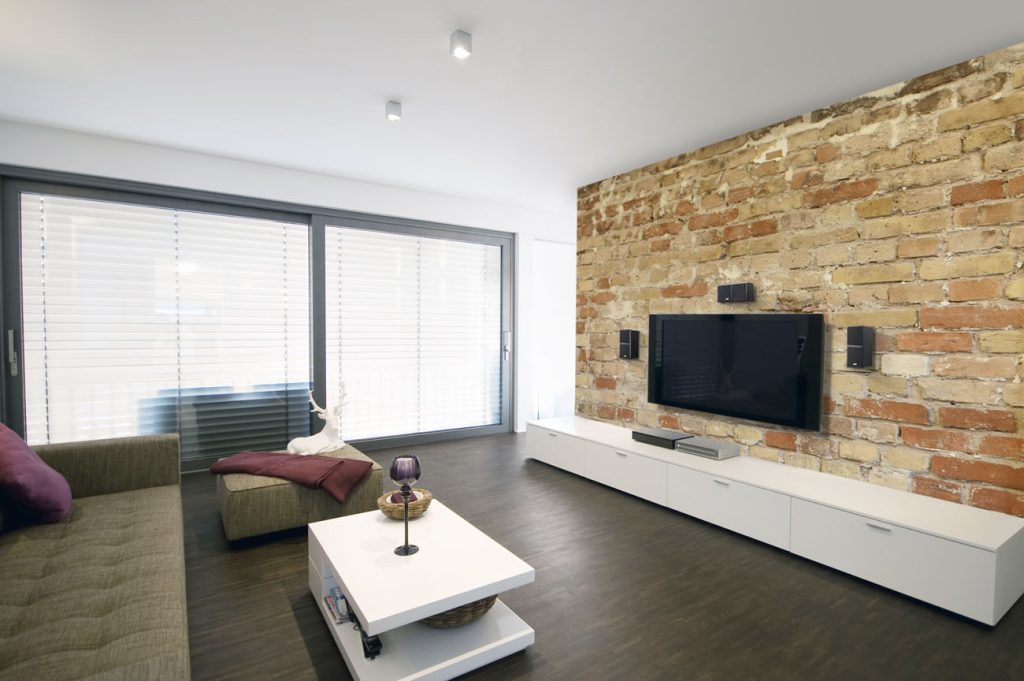
Whichever speaker you plan to hang on a wall, there are two basic ways to do it:
➜ Attaching the speakers to the wall directly: This is really only an option for satellites and compact speakers with keyhole brackets on the back. Screws are inserted into the wall and fitted into the keyhole brackets.
➜ Fitting the speakers onto wall brackets: First, a wall brackets must be fitted to the wall and then the speaker placed into the bracket. It’s often possible to buy brackets specially made for certain speakers which makes it easy to fit them into the brackets.
The advantage of wall brackets as opposed to directly wall-mounting a speaker is that many brackets make it possible to angle the speakers into just the right position. This is not absolutely necessary, but can be desirable, especially with speakers mounted high above the listening position.
When it comes to positioning the rear speakers relative to the listening position, the opposite rule applies as with the front speakers. Whereas the left and right front speakers and the centre should be directed towards the listener, the rear speakers should not face the listener. Instead, the rear speakers create a lively, realistic atmosphere by directing their sound towards the walls. The resulting reflections as they diffuse through the room result in a sound that is not localisable. This is the “atmosphere” — so important for an authentic home cinema experience.
There are even specially constructed surround speakers called dipoles that create a diffuse effect by radiating sound in two opposing directions. The simplest designs involve a speaker membrane that pushes sound backwards and forwards without a closed cabinet to contain the opposing side: A so-called “open baffle” design. Wall brackets can be very advantageous with dipoles in that they create a space between the wall and the speaker, thereby improving the sound dispersion.
Note: Simply placing the speakers on shelves may seem like the easiest solution, but it’s also connected with a few disadvantages. When it comes to subwoofers and speakers with bass reflex vents, placement on a shelf can lead to the creation of unwanted resonances. In many cases, people simply don’t have bookshelves high enough for the proper placement of a surround speaker and they certainly will not make it possible to angle the speaker in any way.
Wall brackets and speakers stands from Teufel
Walling mounting speakers is easy when you know where they should go and have the right equipment. Whether you plan to place a small compact satellite like the Cubycon on your wall or a larger bookshelf speaker like the Ultima 20 Mk2, Teufel offers a range of speaker brackets and wall mounts. In addition, Teufel Audio offers devices for minimizing the cable chaos in your surround sound system. The RearStation, for instance, makes it possible to send audio signals to the rear speakers wirelessly. This effectively separates the front and rear areas of your home cinema system and makes it much easier to place the surround speakers wherever they sound best.
Wall mounting speakers: Sometimes it pays to take things higher
• Front speakers should be positioned in or around the height of a person’s ear in a seated position in a range between 40 and 120 cm from the floor
• Surround speakers should be placed above the listening position, ideally between 140 and 210 cm from the floor
• There are two options when it comes to wall-mounting speakers: Direct wall mounting or placing the speakers on speaker brackets
• Wall brackets make it possible to ideally position loudspeakers by turning and angling them
• Wall brackets also place an ideal amount of space between the loudspeakers and the wall
All pictures: Property of Teufel Audio
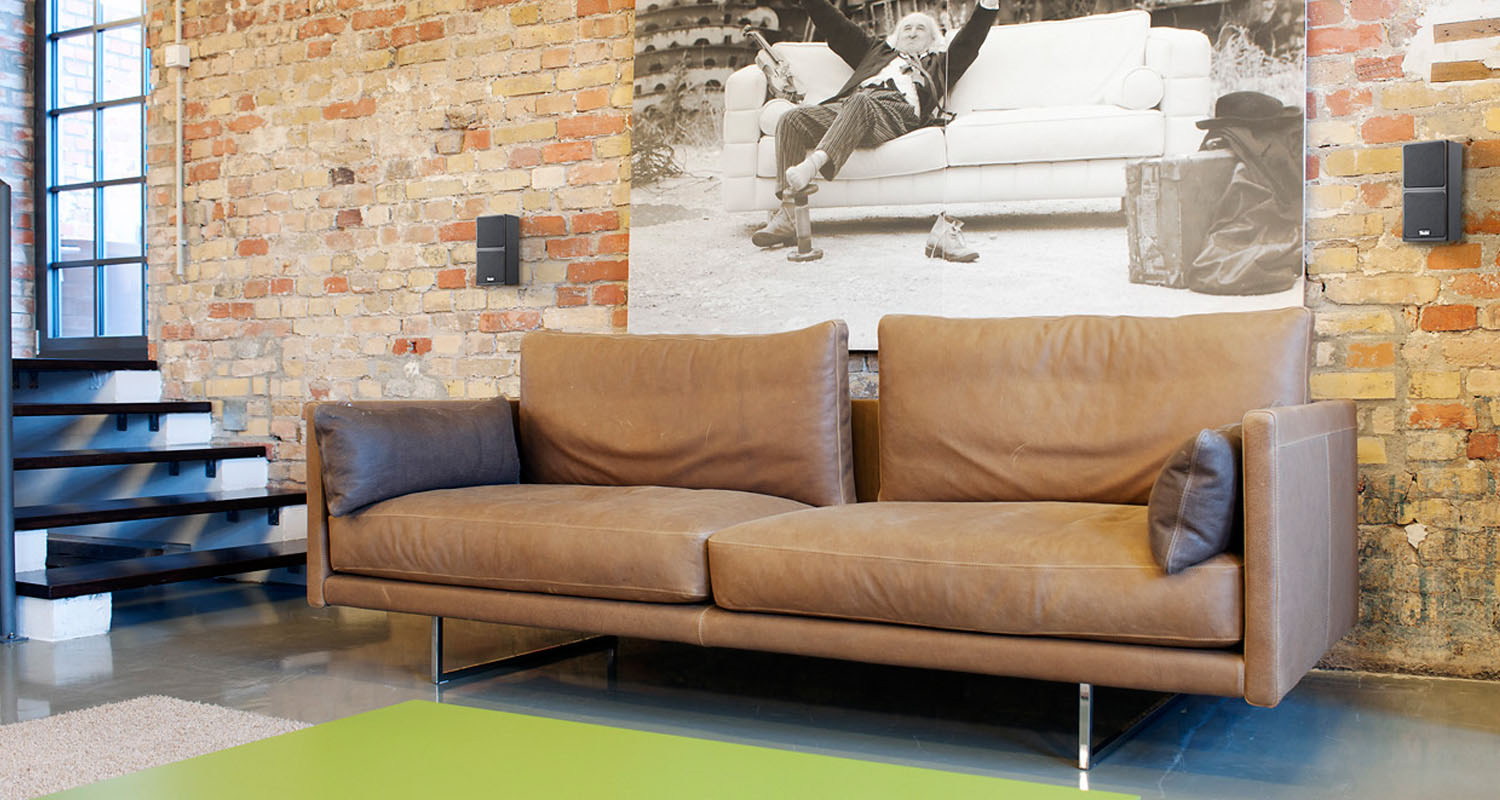
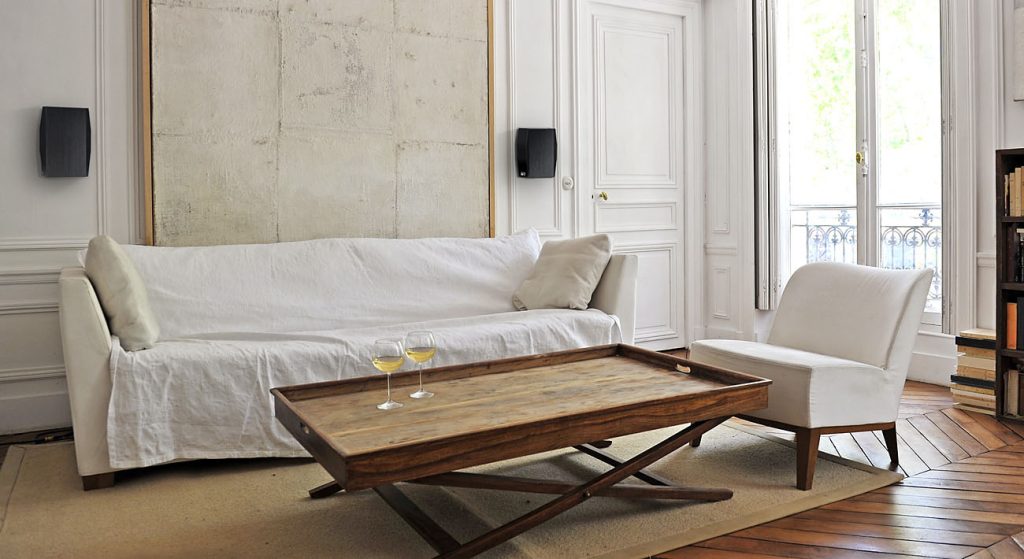
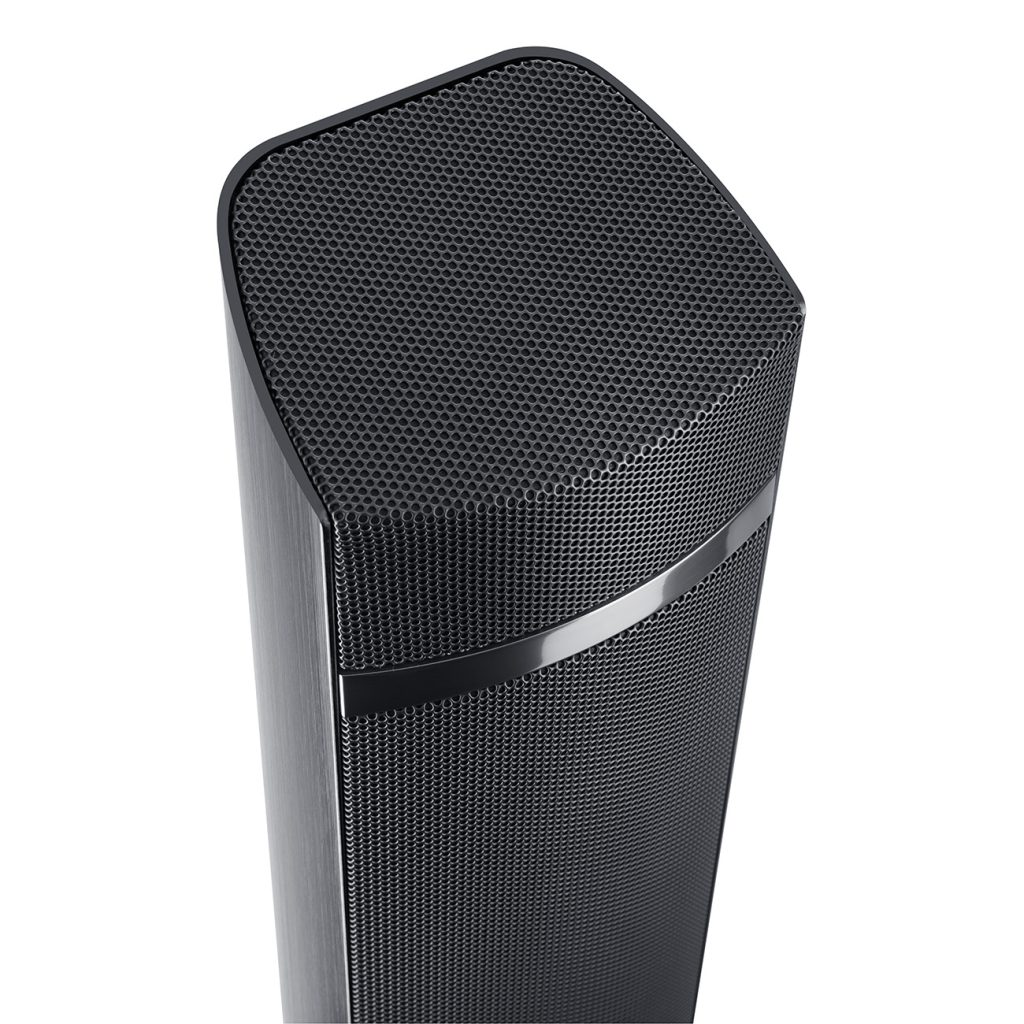
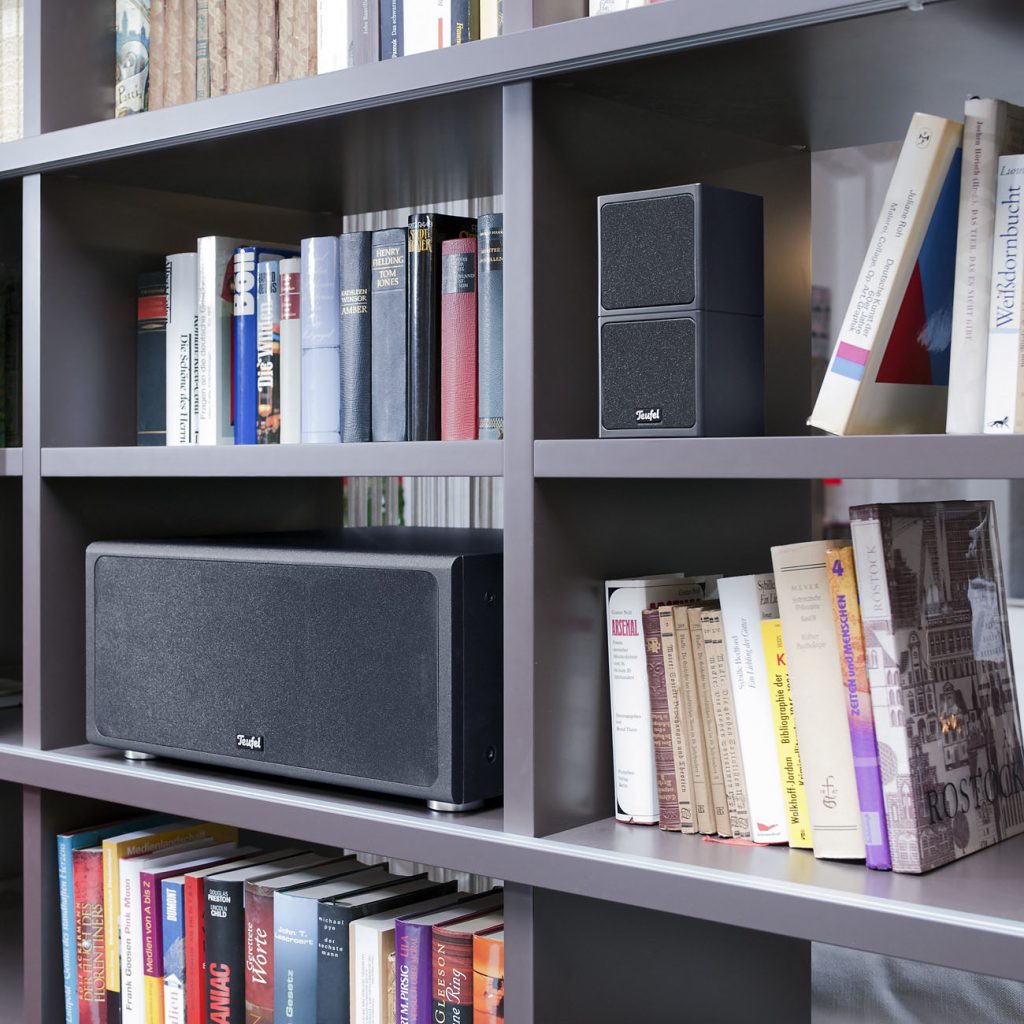

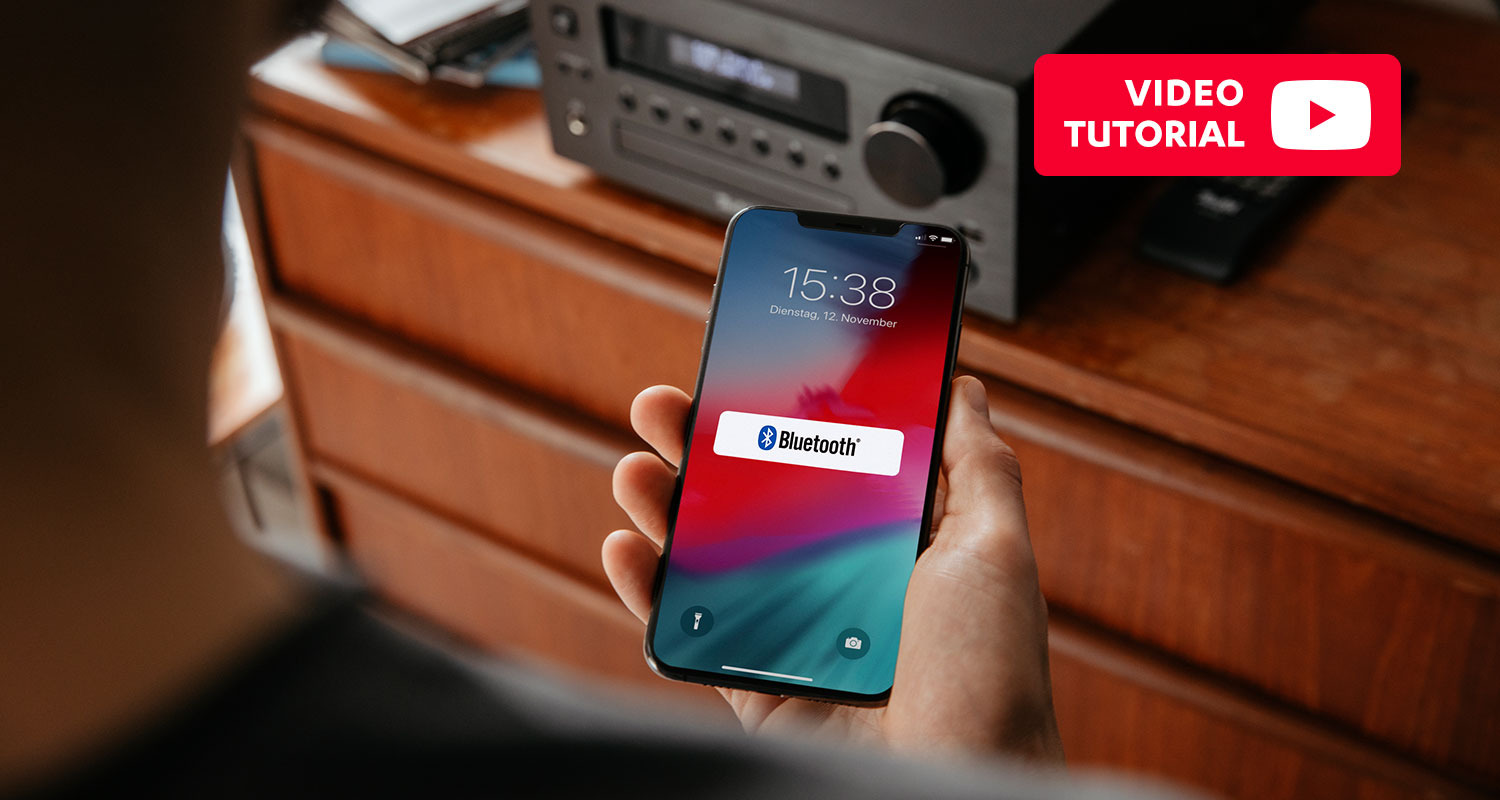
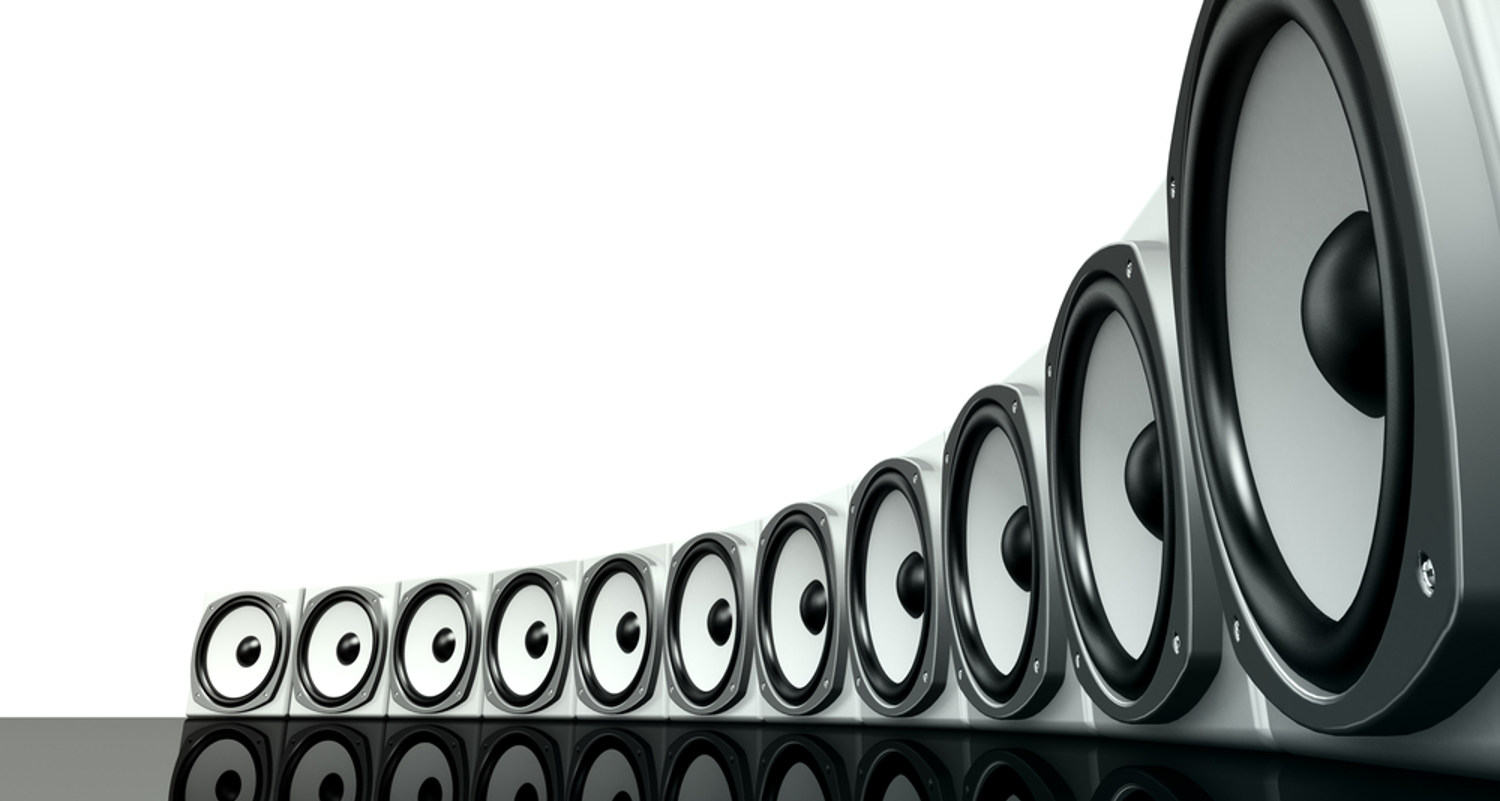
Leave a Reply